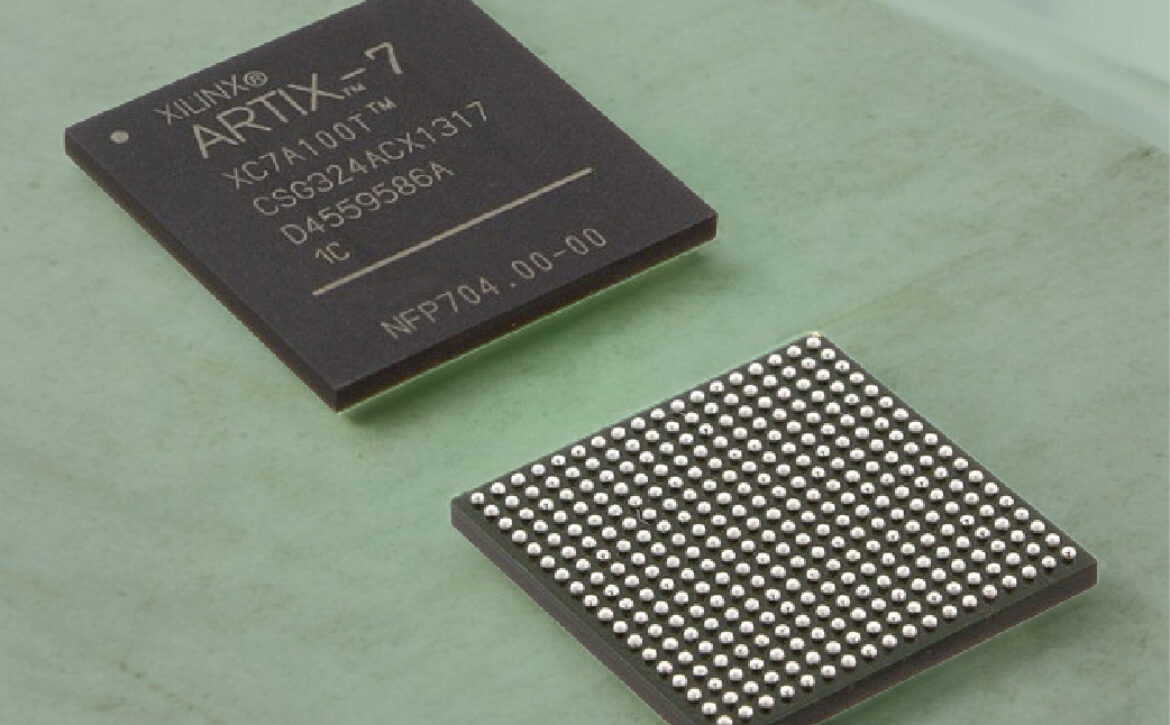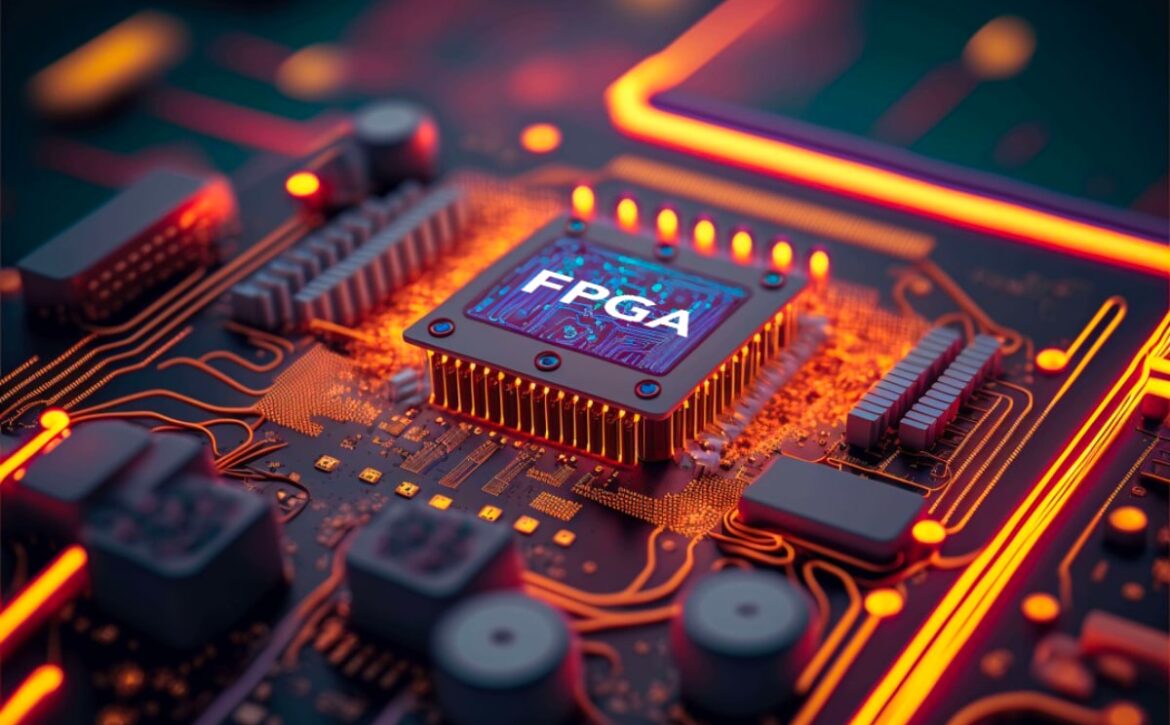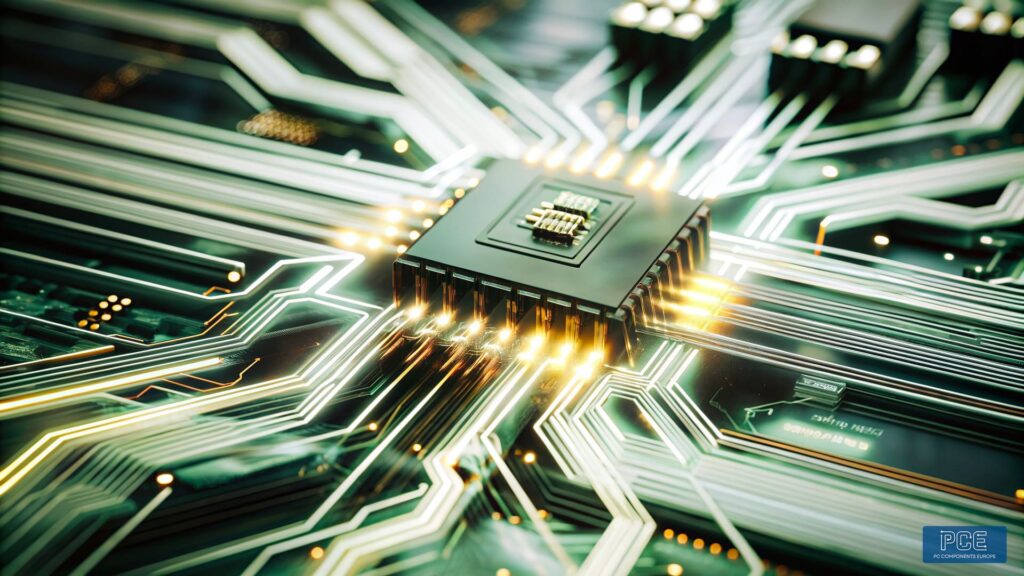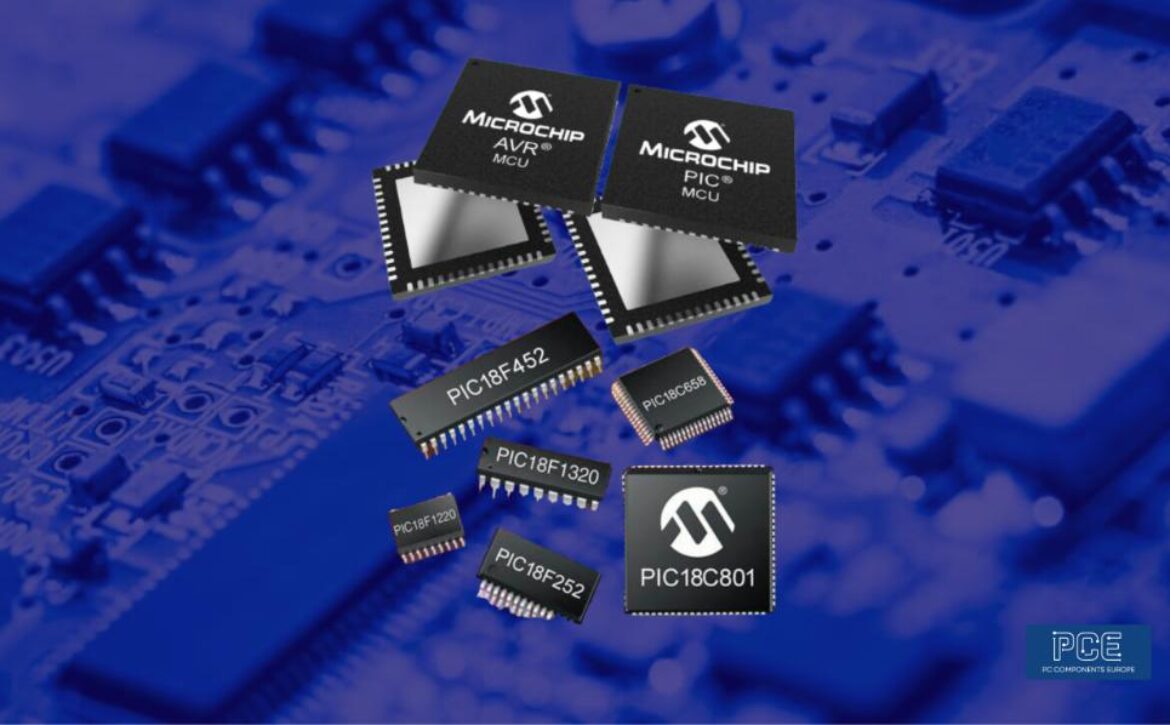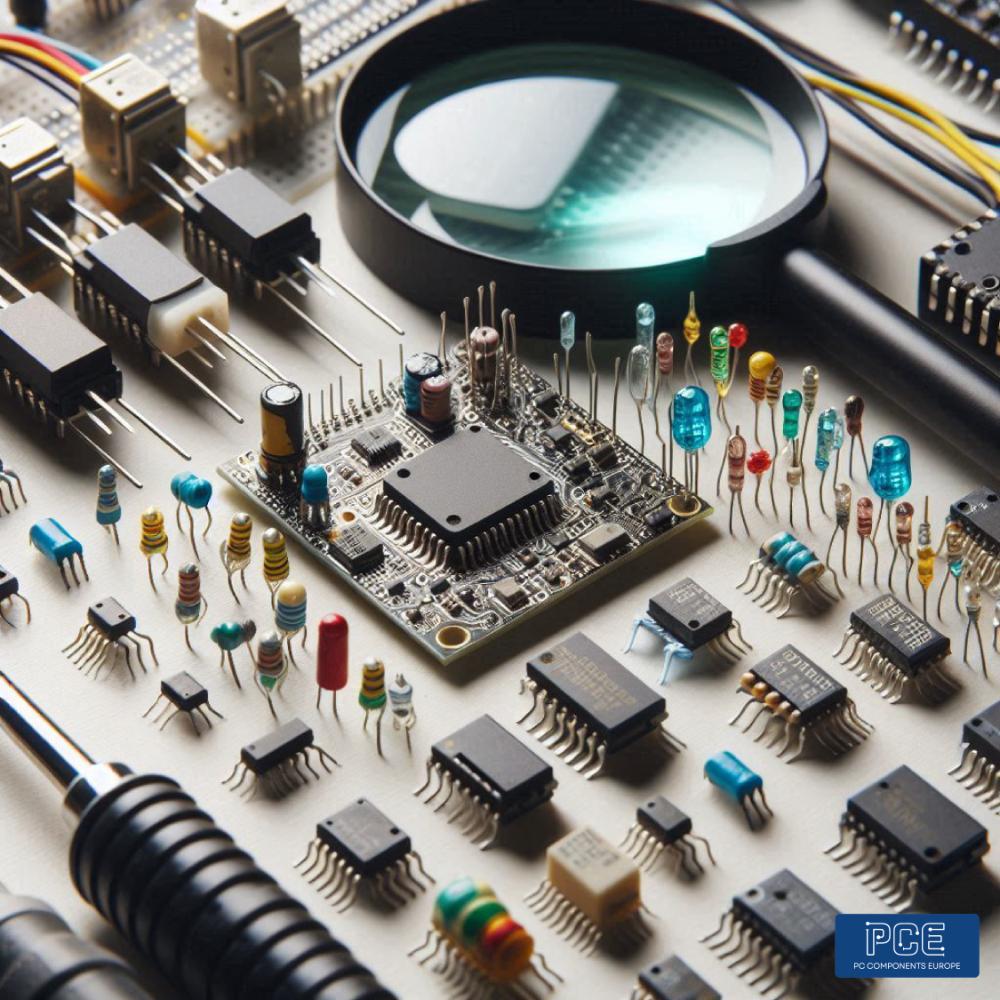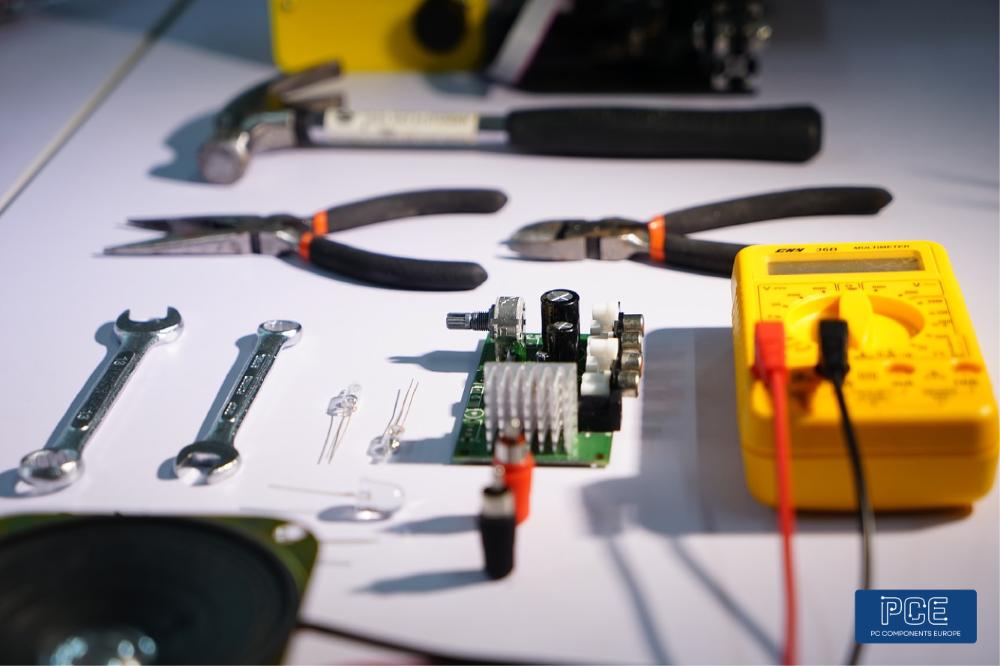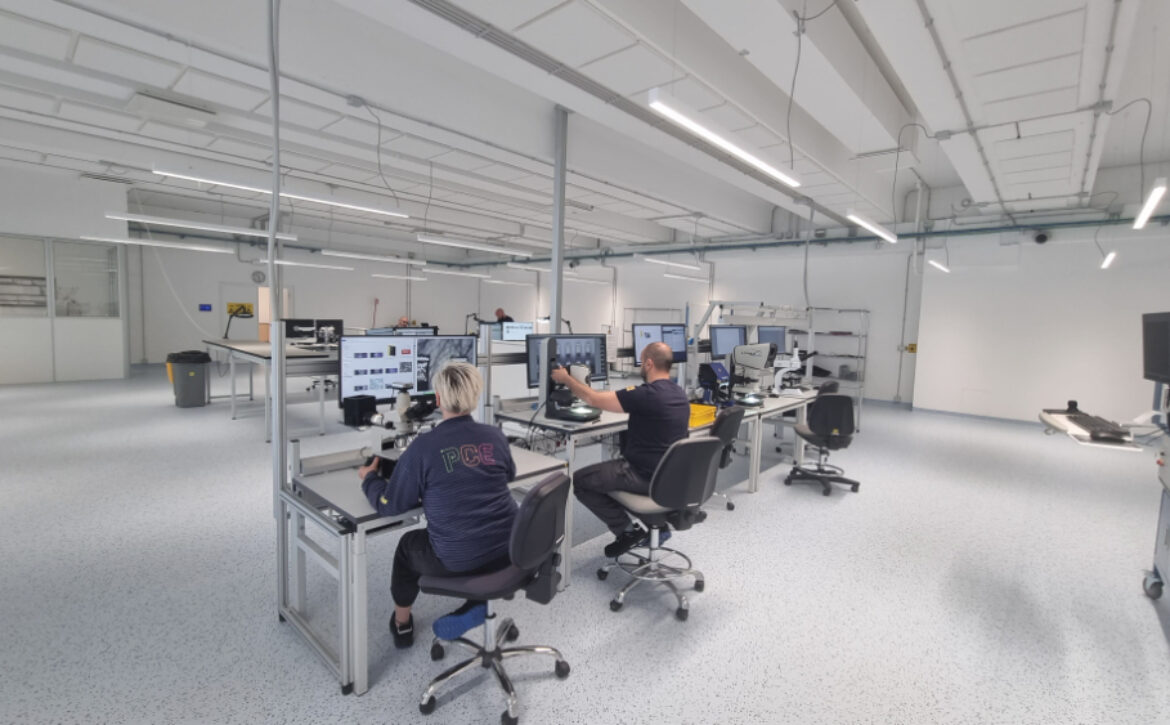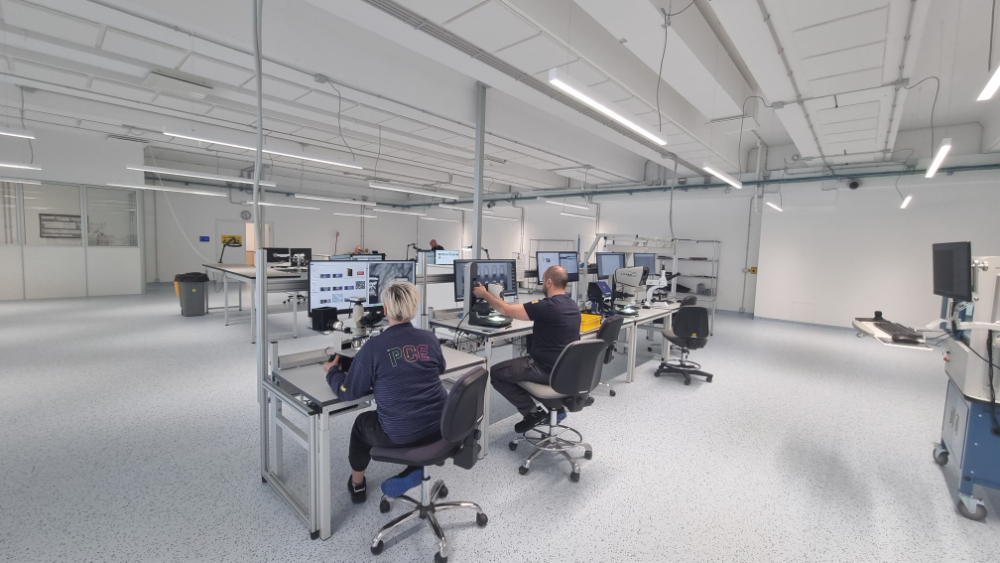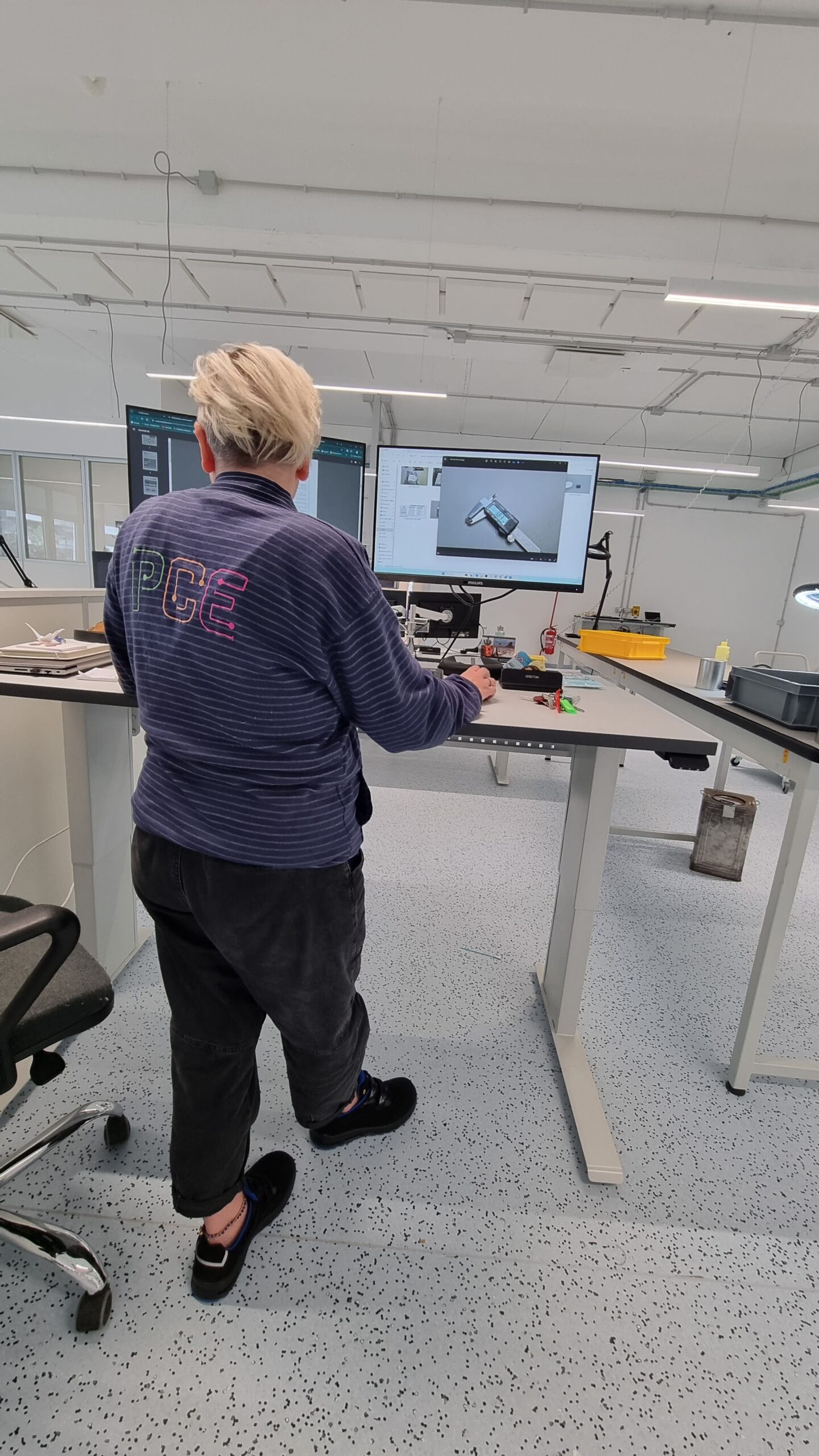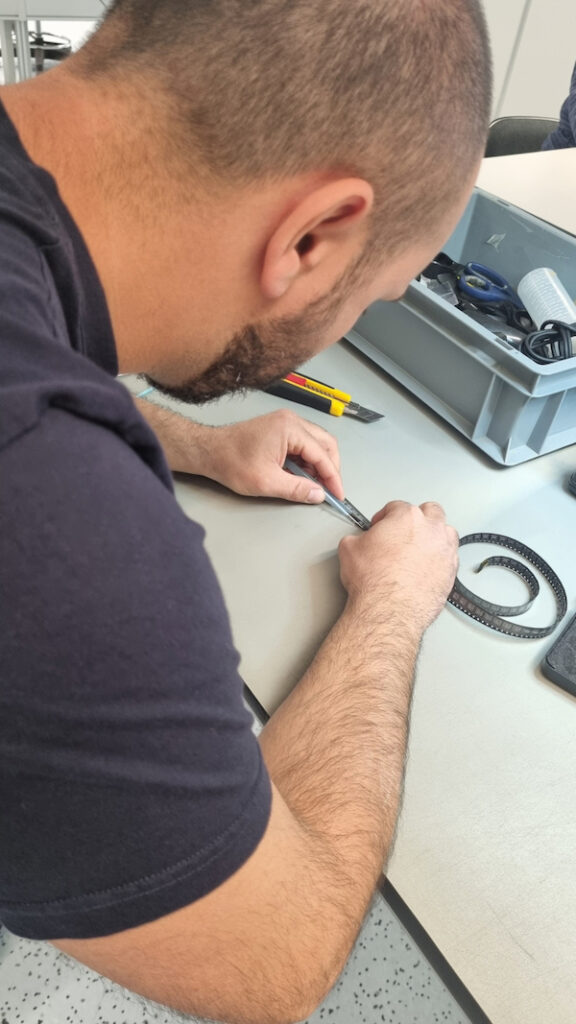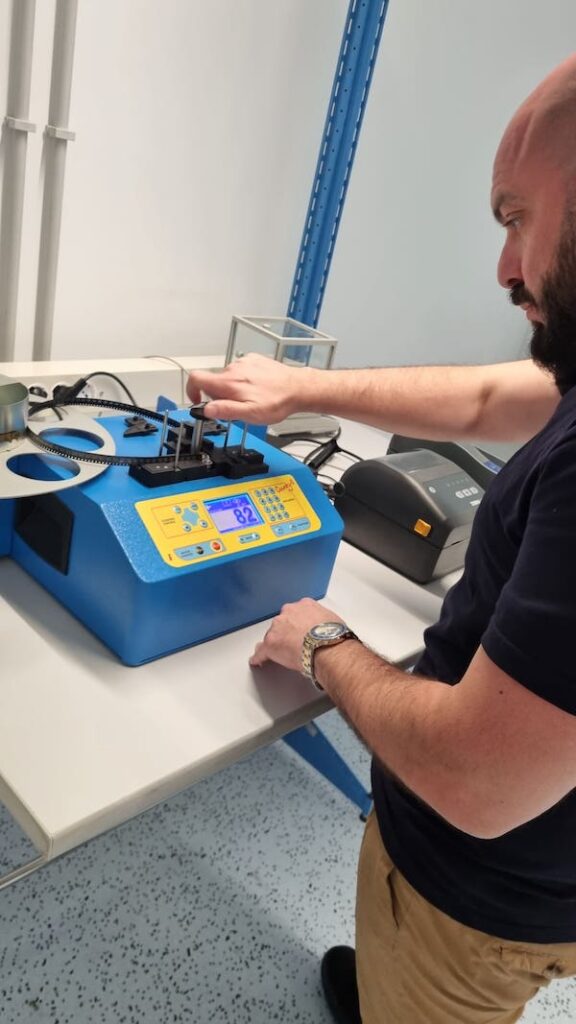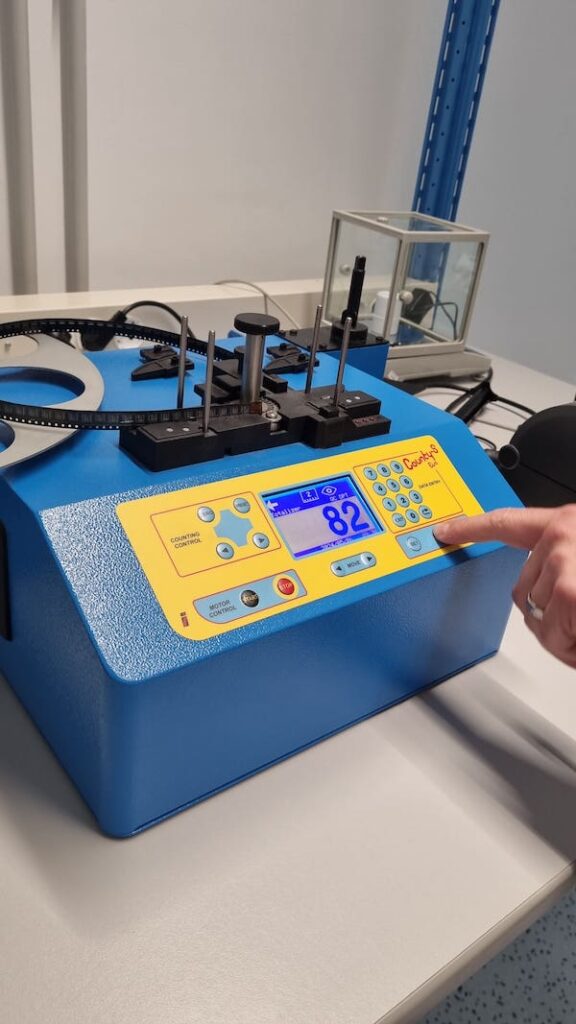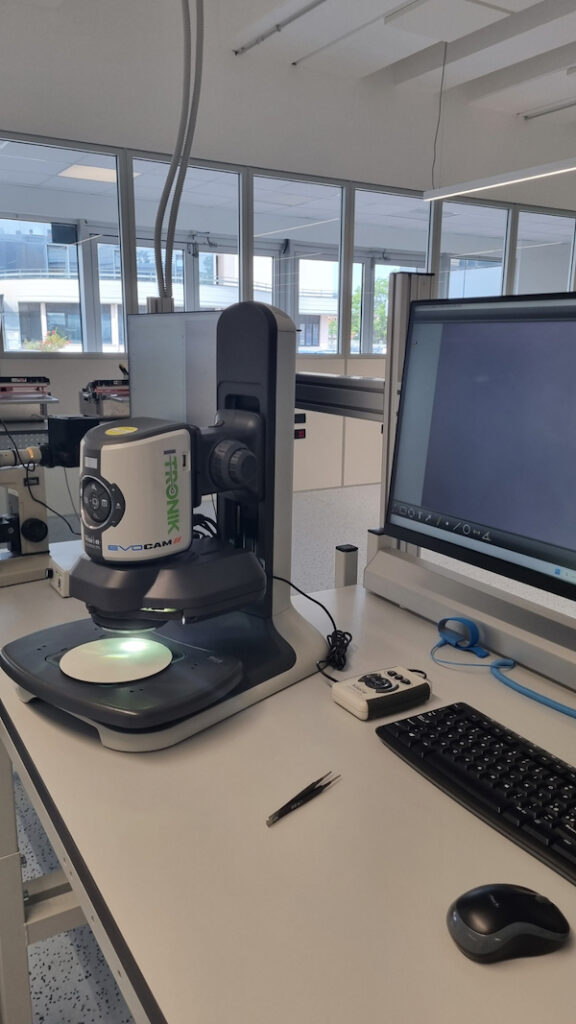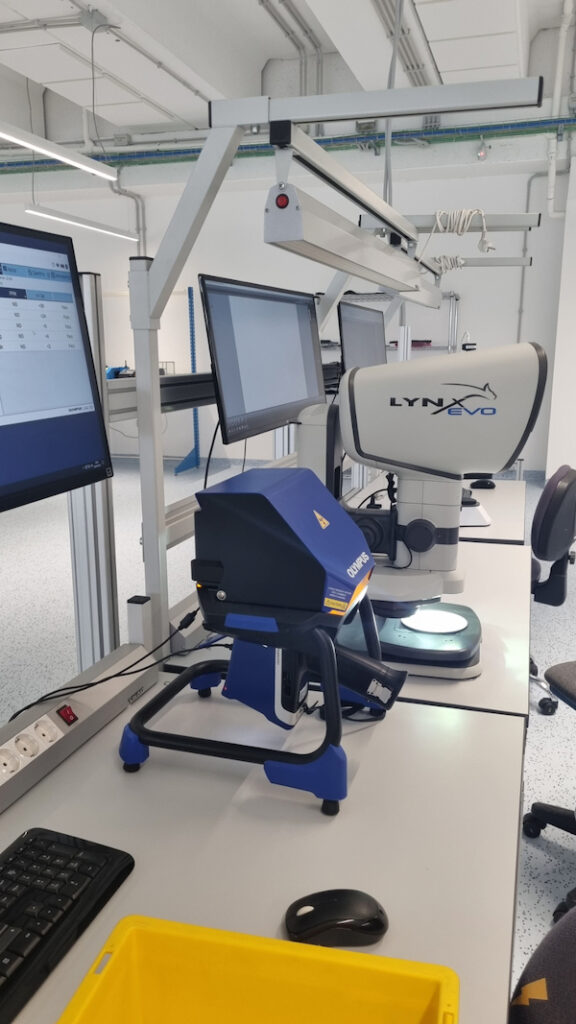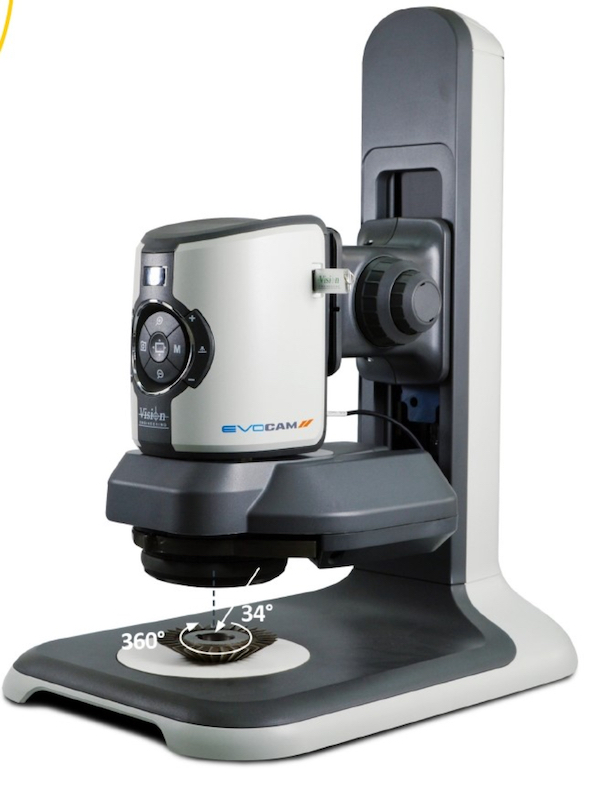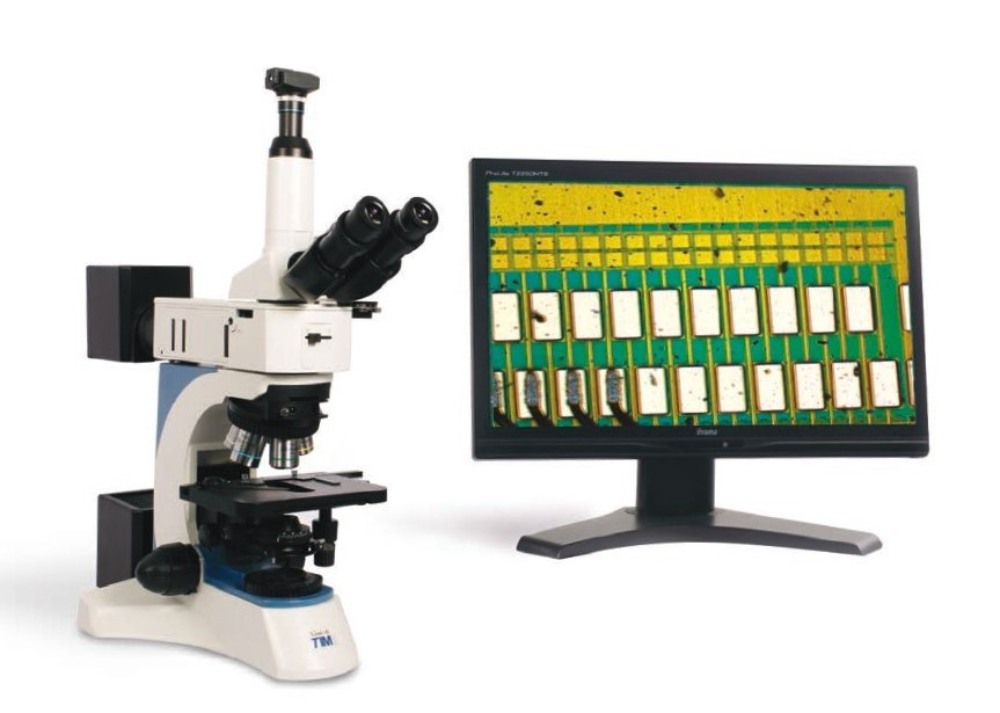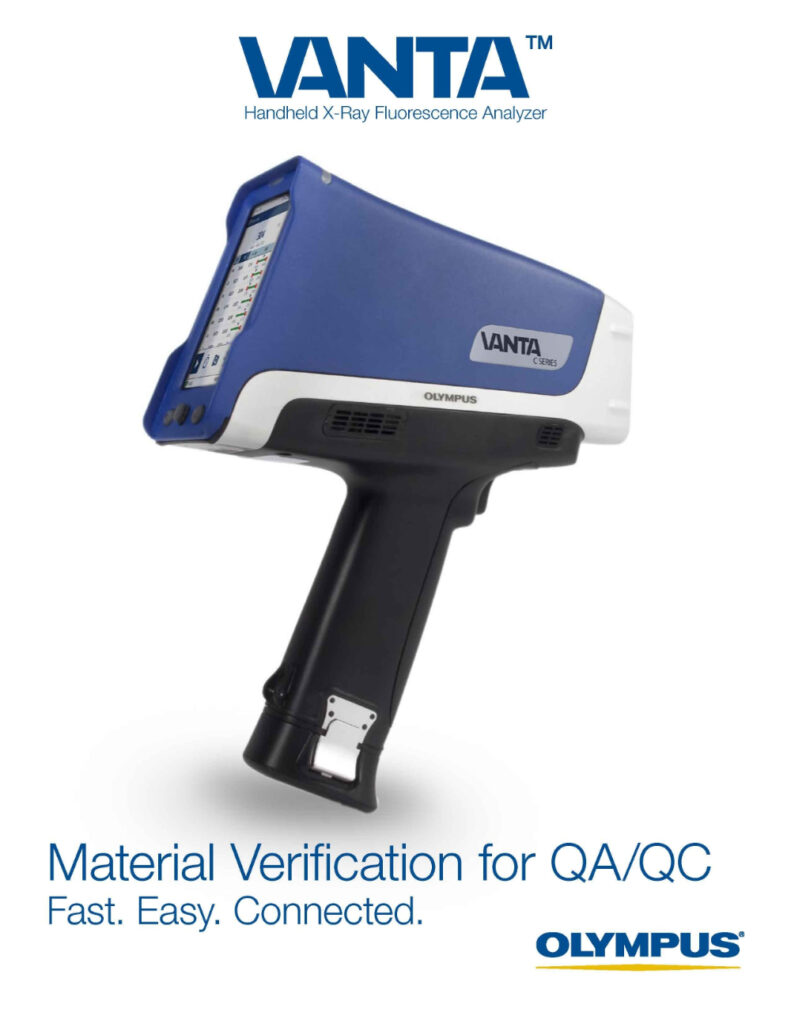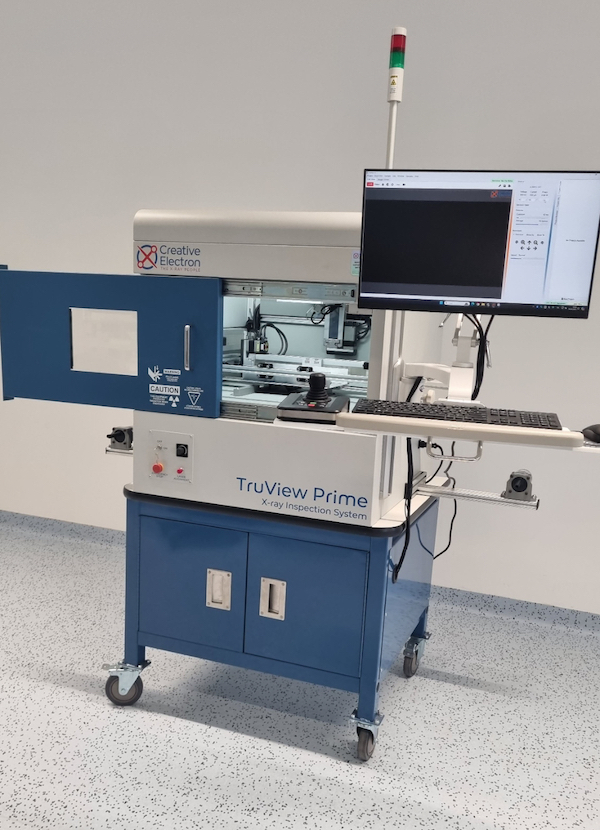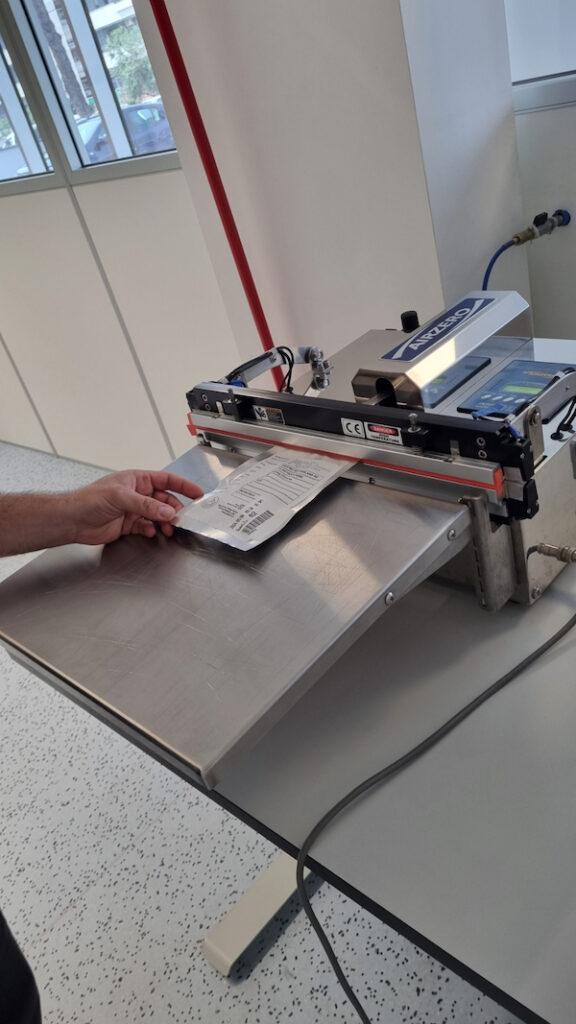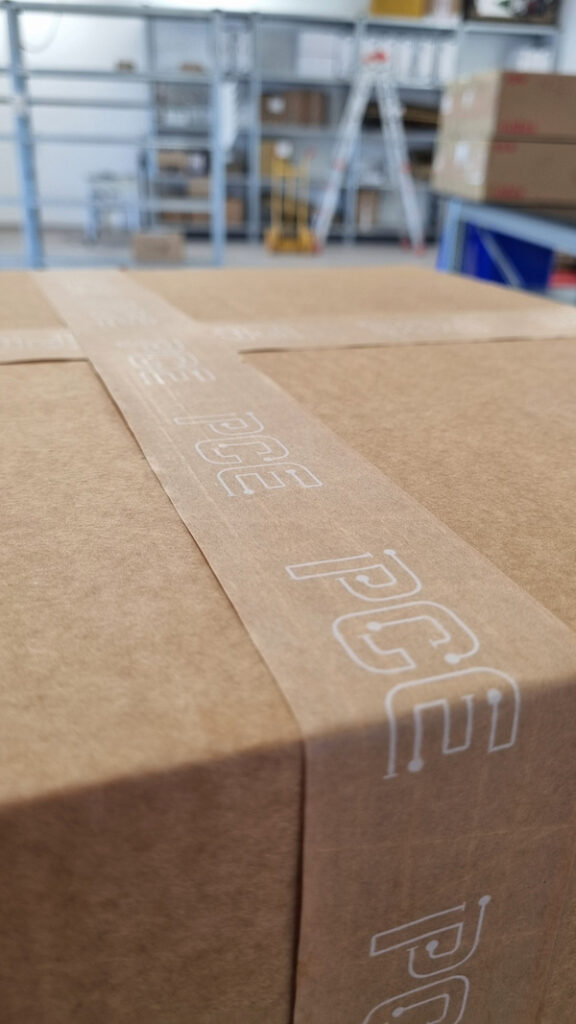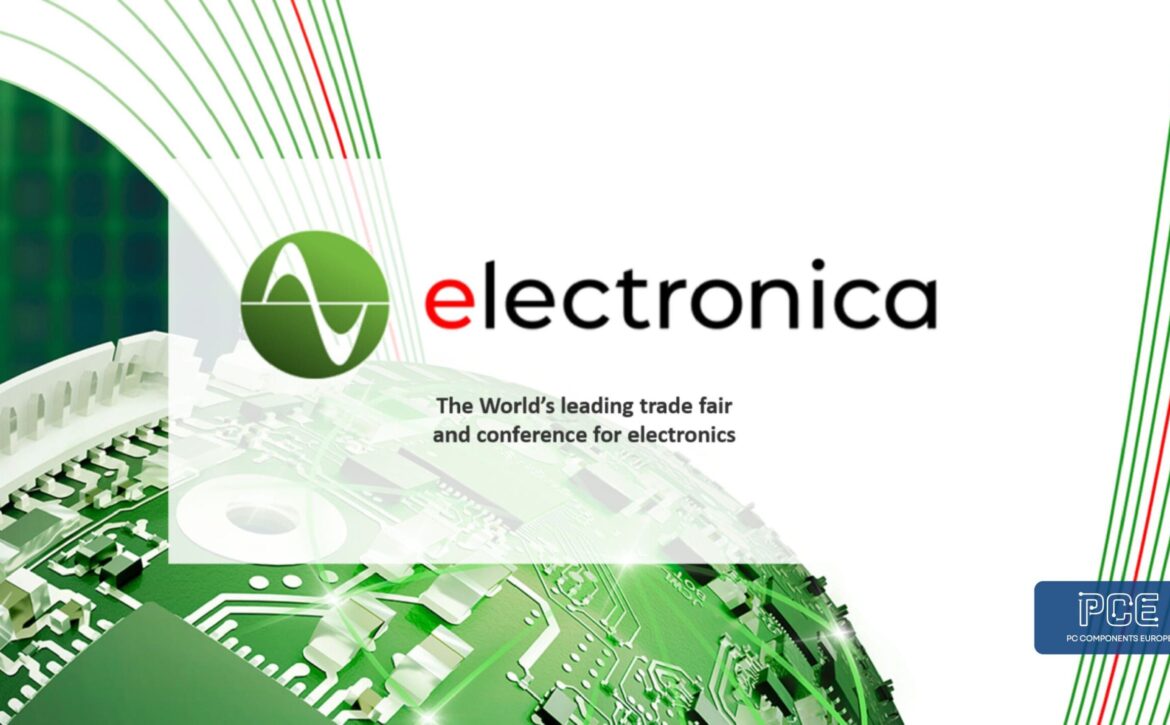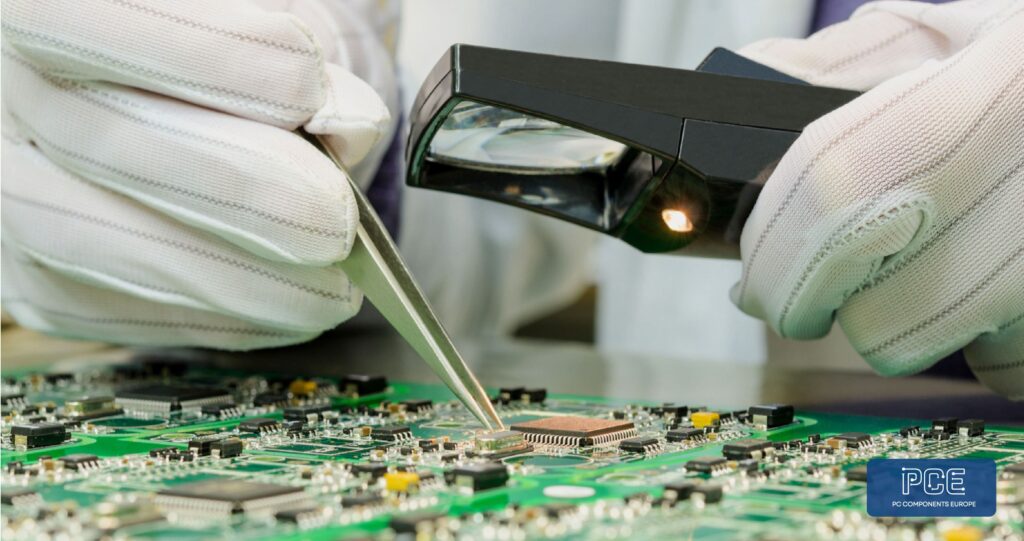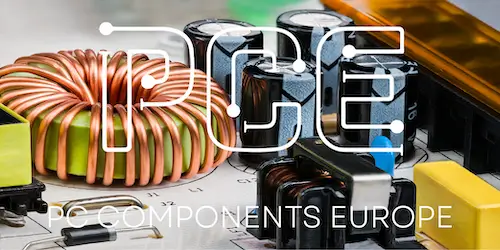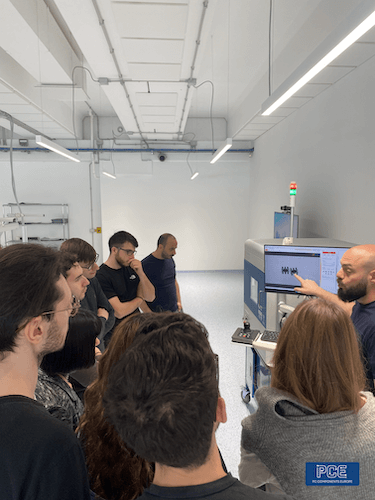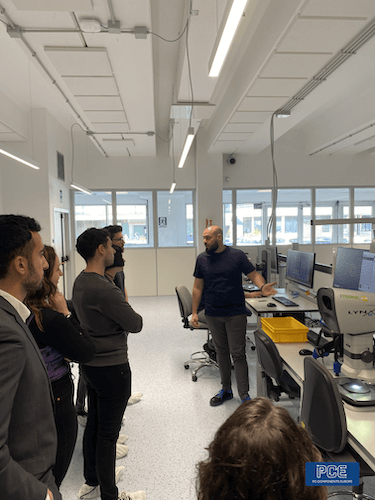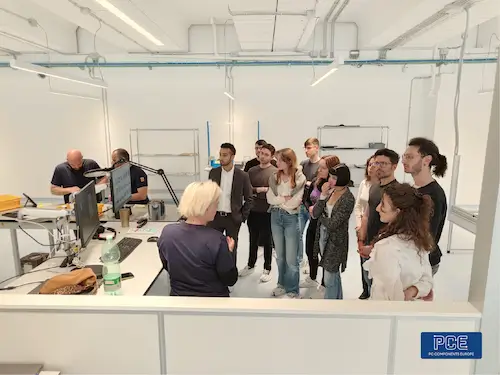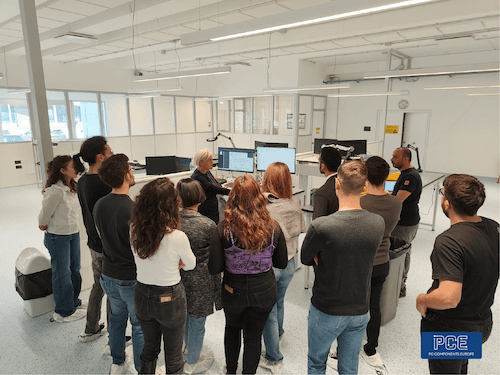XC7A100T: A Complete Guide to the AMD/Xilinx Artix-7 FPGA
In this post, we'll explore why the XC7A100T FPGA is in demand, its applications, and how this powerful component can benefit your business. Additionally, we'll guide you on how to purchase the Artix-7 series FPGA with us at PCE, ensuring the best conditions for your business needs.
Keep reading!
What is the XC7A100T?
The XC7A100T is a high-performance FPGA (Field Programmable Gate Array) from the AMD/Xilinx Artix-7 series . Designed to deliver exceptional processing power with low energy consumption, it has become a go-to solution for various applications like 3D scanners and industrial printers.
This FPGA is ideal for industries that demand precision, reliability, and cost efficiency while ensuring compliance with modern regulations.
Key Features and Specifications (Technical Overview)
The XC7A100T comes packed with specifications that make it stand out in the competitive FPGA market:
- Logic Cells : 497,664 bits of memory capacity.
- Voltage : Operates at a low power consumption of 950 mV.
- I/O Pins : 210 input/output connections.
- Package Type : 324-BGA (Ball Grid Array) for compact and efficient integration.
- Lifecycle Status : ctive since 2011, ensuring availability and support for long-term projects.
- Compliance: Meets RoHS (2015/863) and REACH 2017 (174) standards for eco-friendly manufacturing.
For a detailed technical datasheet, visit the AMD/Xilinx official page .

Why Choose AMD/Xilinx Artix-7 series FPGA for Your Projects?
1. Optimized for cost savings
If you're working on 3D scanners or industrial printers, balancing production costs and quality is key.
- Original parts with unmatched reliability.
- Energy-efficient operation, reducing long-term costs.
- A compact design for streamlined manufacturing.
2. Uncompromising performance
The Artix-7 series balances performance and power efficiency, making this FPGA a preferred choice for applications requiring high-speed data processing and flexibility.
3. Regulatory compliance
Modern industries demand components that adhere to stringent environmental standards. It complies with RoHS and REACH ensuring eco-friendly and sustainable practices.
Applications of the XC7A100T FPGA
Some notable applications include:
3D scanner
- High-speed processing for accurate object detection.
- Flexible configuration for diverse scanning environments.
- Energy efficiency to support portable designs.
Industrial printers
- Precise control for consistent printing results.
- Scalable performance for high-volume production lines.
- Long lifecycle to ensure compatibility with evolving technologies.
It's an example of how FPGAs are revolutionizing AI development with unmatched flexibility and performance. This versatile FPGA offers advanced capabilities that are key to the growing demand for AI-driven applications, such as 3D scanning and industrial printing.
How Does the XC7A100T Compare to Other FPGAs?
- Cost Effectiveness: Affordable without compromising on quality.
- Active Lifecycle: Unlike older or discontinued models, the XC7A100T remains supported and readily available.
- Energy Efficiency: Its low voltage requirements outperform many competitors.
Why Source Your Artix-7 Series FPGA from PC Components Europe?
At PC Components Europe, we specialize in providing original, high-quality electronic and electromechanical components.
1. Trusted Supplier
With over 1,000 XC7A100T units sold to clients across Europe in the last month, we have established ourselves as a reliable distributor for critical components.
2. Competitive prices
We understand the importance of cost savings for businesses. Our pricing is tailored to provide the best value while ensuring top-tier quality.
3. Expert guide
Not sure which FPGA is right for your application? Our team of experts is here to assist you in finding the perfect solution for your needs.
4. Extensive Logistics Solutions
At PC Components Europe (PCE), we take pride in being a trusted electronic components distributor in Italy and worldwide, delivering high-quality parts with precision and speed. With a robust presence in key industrial zones such as Lombardia and Veneto, and a strategic warehouse in Rome, we ensure seamless delivery nationwide and to global clients.
Our logistics solutions, including flexible shipping terms like ExWorks and DAP, cater to businesses of all sizes. Combined with our rigorous quality controls and long-term order planning for 2025, PCE is the partner you can count on for your electronic component needs.
Secure your XC7A100T FPGA now!
FAQ summary
1. What makes the XC7A100T ideal for industrial applications?
Its low power consumption, compact design, and high processing capabilities make it perfect for industries like 3D scanning and printing.
2. Is this FPGA compatible with eco-friendly manufacturing?
Yes, it complies with RoHS and REACH standards, ensuring sustainability.
Can I buy the XC7A100T in bulk for future projects?
Absolutely! At PC Components Europe, we recommend pre-ordering for 2025 to secure your supply.
Explore More on FPGAs
Interested in learning more about FPGAs? Check out our comprehensive guide: FPGAs for AI: Why AI Applications Are Increasing Demand for FPGAs .
Click here to search for your components and then contact our PCE team today to discuss your requirements!

